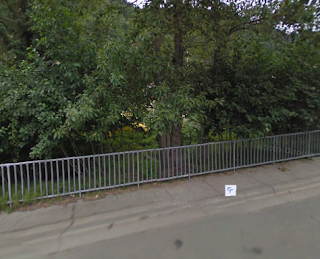
Assistant Commissioner McIllree of the NWMP arrived in Skagway on the Steamer Queen on August 14, 1897.
He was born on this day, February 28, 1849 in Kingston, Jamaica and died on May 17, 1925 in Victoria. He served in the NWMP from 1873 to 1911 when he retired.
While in Skagway he was laid up with a bad ankle and diarrhea and wrote this:
“The trail is a terror, there is no doubt of that, and no one can form an idea of it unless he goes over it himself. One of our horses got his foot in a crevce and broke the leg clean off and went on three legs until stopped and shot. Another horse died and the balance are in bad shape: sore backs, cut legs & c., and I am afraid we cannot work them much longer… Would you let my wife know I am getting on all right. You can imagine how awful it is to lay on your back all day in this little dark shack, thinking, nothing but thinking.” Seen above with his horse is Asst. Commissioner McIllree
Mission Klondike, Sinclair; civil servants online;Dobrowolsky p. 26; http://www.collectionscanada.gc.ca/nwmp-pcno/025003-1201-e.html.
POLICING THE PLAINS Being the real life record of the famous ROYAL NORTH-WEST MOUNTED POLICE By R. G. MACBETH, M.A.http://www.mcilree.co.uk/john_henry_mcilree.html







